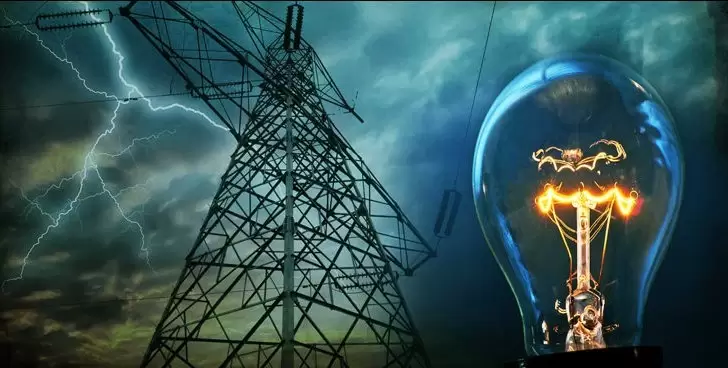Islamabad: The anticipated reduction of Rs1.52 per unit in electricity tariffs, as previously announced by Prime Minister Shehbaz Sharif, has been postponed and will not reflect in consumer bills for the current month.
The cut, intended as relief during the summer season, will now take effect starting in May, despite earlier expectations for an earlier implementation.
This update emerged during a public hearing chaired by National Electric Power Regulatory Authority (Nepra) Chairman Waseem Mukhtar.
At the session, representatives from the Central Power Purchasing Agency (CPPA) raised concerns about the likelihood of increased monthly fuel cost adjustments in the upcoming months.
These warnings were tied to a 20% rise in electricity demand and reduced hydropower availability, especially as the country enters peak summer.
Responding to queries, a Nepra case officer clarified that the expected Rs1.52 per unit decrease is linked to a broader Rs52 billion reduction in quarterly tariff adjustments (QTA) for the January to March 2025 period. This reduction is to be applied across May, June, and July.
However, representatives from the export sector expressed dissatisfaction, arguing that the reduction should have been applied from April to June, as previously indicated by the prime minister.
They highlighted that many exporters had based their order commitments on the assumption of an April implementation.
Chairman Mukhtar also voiced dissatisfaction with the absence of senior leadership from the Hyderabad, Multan, and Quetta electric supply companies, instructing that they submit formal explanations.
He further criticized the lack of representation from the Power Division and directed that a formal letter be sent to the federal secretary of power regarding this absence.
In its report, the CPPA noted that power consumption in March increased by 4.4% compared to the same month last year.
They submitted a request for a negative QTA of Rs1.52 per unit for the first quarter of 2025 and a minor negative fuel cost adjustment (FCA) of three paisas per unit for the electricity consumed in March.
The Rs1.51 per unit negative adjustment, representing an overcharge of Rs51.5 billion by distribution companies (Discos) during the third quarter of FY25, had already been factored into the tariff relief promised by the prime minister for the April to June quarter.
The proposed tariff reduction is the result of various favorable cost factors, including a decrease in capacity payments, lower operational and maintenance expenses, and reduced fixed charges due to higher incremental sales.
Additionally, system losses declined, supported by a relatively stable exchange rate and falling interest rates, all of which contributed to easing the financial burden on the power sector.
Read More: PM Expected to Announce Power Tariff cuts Today
The reduction in overall fuel cost was further facilitated by higher base tariffs allowed by Nepra, effective from July 1, 2024, which had risen by 20%.
Around 75% of the electricity generated in March came from domestic sources, and approximately 20% of that came from sources with zero fuel cost.
In its petition, the CPPA stated that March’s total electricity generation reached approximately 8,409 gigawatt-hours (GWh) at a projected fuel cost of Rs79.5 billion, averaging Rs9.46 per unit.
Of this, 8,114 GWh was supplied to Discos at a cost of Rs74.85 billion, averaging Rs9.22 per unit.
However, the reference fuel cost charged to consumers during March was slightly higher at Rs9.256 per unit, which technically qualifies consumers for a modest refund of three paisas per unit.
A significant shift in the composition of energy sources was also reported. Hydropower, which traditionally held the largest share in Pakistan’s energy mix, dropped to 15.42% due to poor hydrological conditions.
This marked a substantial decline from its 28% share in March of the previous year. In contrast, nuclear energy emerged as the largest contributor to the national grid, accounting for 26.4% of the electricity supply.
RLNG (regasified liquefied natural gas) secured the third-largest share with 18.17%, followed by locally mined coal at 16.57%.
Indigenous natural gas contributed 11.64%, while imported coal provided 6.5% of the total electricity supply to the grid.
Also Read: K-Electric Proposes Another Power Tariff Hike
These shifts in fuel sources reflect broader changes in generation costs and availability, all of which continue to influence tariff adjustments.









